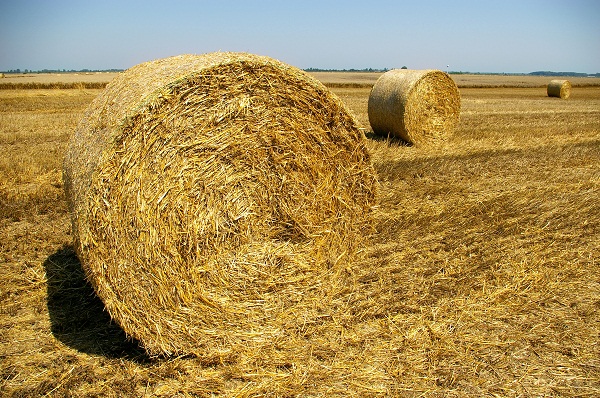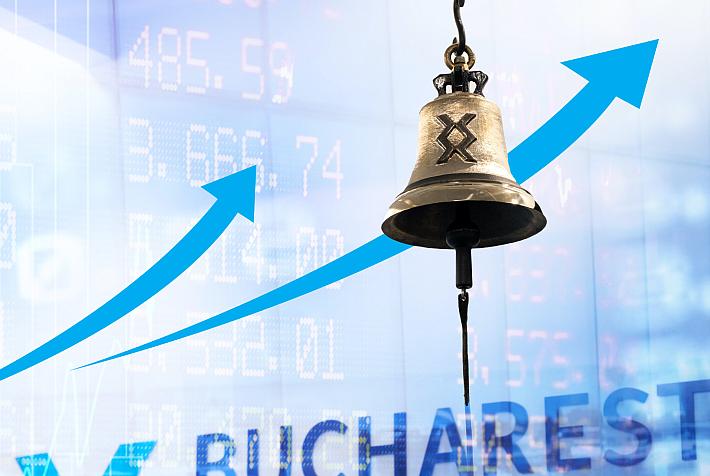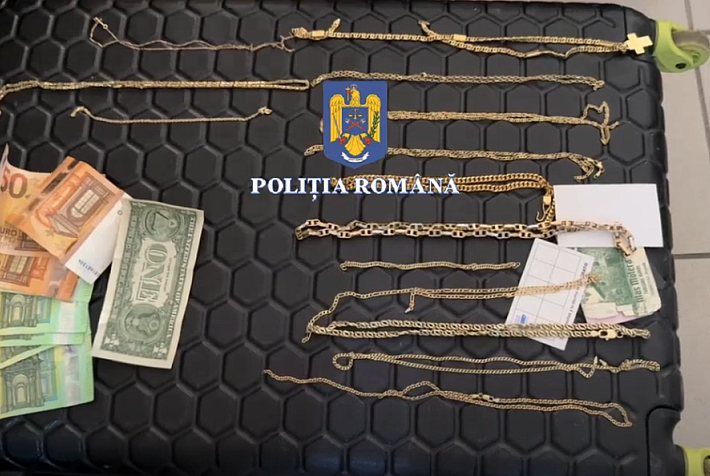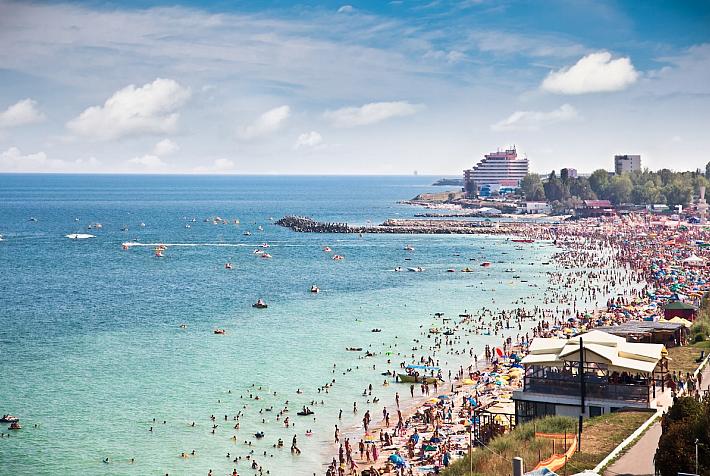EU funds for Romania's agriculture; foreign investments in agriculture

 With its EU accession in 2007, Romania has gained access to much needed financing alternatives in agriculture; the main sources of funding are the direct payments and those through the National Program for Rural Development. The proper use of the financing for the farming sector could trigger a more competitive Romanian agriculture, the increase in the number of jobs in rural areas, as well as the sustainable development of rural areas. Romania-Insider.com looks at the main features of the EU funds for agriculture, an area which could become one of the country's competitive advantages if properly taken care of, as well as at several foreign investments in Romanian agriculture.
With its EU accession in 2007, Romania has gained access to much needed financing alternatives in agriculture; the main sources of funding are the direct payments and those through the National Program for Rural Development. The proper use of the financing for the farming sector could trigger a more competitive Romanian agriculture, the increase in the number of jobs in rural areas, as well as the sustainable development of rural areas. Romania-Insider.com looks at the main features of the EU funds for agriculture, an area which could become one of the country's competitive advantages if properly taken care of, as well as at several foreign investments in Romanian agriculture.
By Alexandra Fodor, Corina Saceanu
The direct payments for agriculture projects are administered by the Agency of Payments and Intervention for Agriculture (APIA). To be eligible for single payments, a farmer is required payment entitlements and land. Entitlements are calculated based on how many hectares of farmed land the farmer has. In 2010, the European Union raised the direct payments granted to farmers from Romania, so this year farmers are entitled to receive RON 680 (that is EUR 166) for each hectare of farmland; last year the sum allotted did not exceed RON 475 (EUR 116) for one hectare. The subsidies granted by the European Union in 2010 stand at EUR 731 million – which covers EUR 80 per hectare. Added to that are some other EUR 85 per hectare coming from the state budget. In 2011, the European Union will grant Romania funds worth EUR 907 million (EUR 101 per hectare), supplemented by sums coming from the state budget.
Currently, The National Program for Rural Development is in charge of the sustainable development of Romanian agriculture. The management authority of this funding program is the Ministry of Agriculture and Rural Development and the payment authority is the Agency of Payments for Rural Development and Fishing. The general objectives of The National Program for Rural Development are to increase the competitiveness of the agri-food sectors and forestry, to improve the environment and the rural area, to improve the quality of life in the rural areas, the diversification of the rural economy and the start of local development initiatives.
Before applying for EU funds for agriculture, there are a couple of things applicants should know in order to improve their chances of being successful:
*The potential candidates must check if they enter into the SME category and must identify the type of the activity and investment (equipment acquisition, new construction, modernization, farm, industrial activity)
*The company does not have to record losses in the fiscal year, prior to submission for funding and has to avoid state debts or foreclosure.
*The land where the company will carry out the work must be owned by the firm or in concession.
There are three options to draft the project:
*The potential beneficiary prepares the project, consulting the Applicant Guide found at www.apdrp.ro;
*The potential beneficiary asks for the support of a consultant within the County Office for Agriculture Consultancy, which exists in every county and who also have local centers, or fore more detailed information at the County Offices for Rural Development and Fishing;
*The potential beneficiary asks for support from a private consultancy firm.
The project dossier, the financing request, and the annexes must be submitted to the County Office for Rural Development and Fishing, in the area where the beneficiary lives and operates.
Foreign investments in Romanian agriculture
Romania's agriculture used to be one of the country's engines before the fall of communism. In 2010, the agriculture was one of the few areas where Romania's GDP recorded growth. The sector covered only 4.1 percent of the GDP in the second quarter of this year, from as much as 12 percent in 2004.
The country has 14.7 million hectares of land for agriculture. The area of cultivated agriculture land in Romania is of around 9.4 million hectares and foreign investors own over 500,000 hectares, according to media estimations. Italians and Danish are among the most active foreign buyers of Romanian agriculture land. Italians own over 300,000 hectares of agriculture land in Romania. Several Italian companies working in this area in Romania are Riso Scotti (producer of rice), Lactitalia (milk), Pangram (pasta), Agrimon (eggs).
Danish are most known for acquiring forests in Romania and hold over 130,000 hectares of land in total, according to Romania media reports. Danish investors include FirstFarms and Ingleby. Dutch investors in Romanian agriculture include Coremans Zootehnia in Arad, Dutch Dairy Farm in Giurgiu. French also invest in Romanian agriculture - Arnaud Perrein is one of the biggest investors in agriculture in Ialomita county, for example.
At the end of 2008, there were EUR 700 million foreign investments in agriculture - 1.4 percent of the country's FDI at the time.
Farmer Program ('Fermierul' program)
The objective of this program is to establish new activities in rural areas by attracting investment funds from loans and SAPARD funds. Categories of eligible beneficiaries who receive grants are: individual farmers, associations of farmers, family associations, privately owned companies. The eligible activities are:
*Investments in agricultural production (crops, animals), including farm household centers, warehouses and other specific items related to agriculture production
*Investments in services related to agricultural production- supplies, plant protection, veterinary services, technical assistance and consultancy services available to farmers.
*Investments in equipment
alex@romania-insider.com
corina@romania-insider.com











